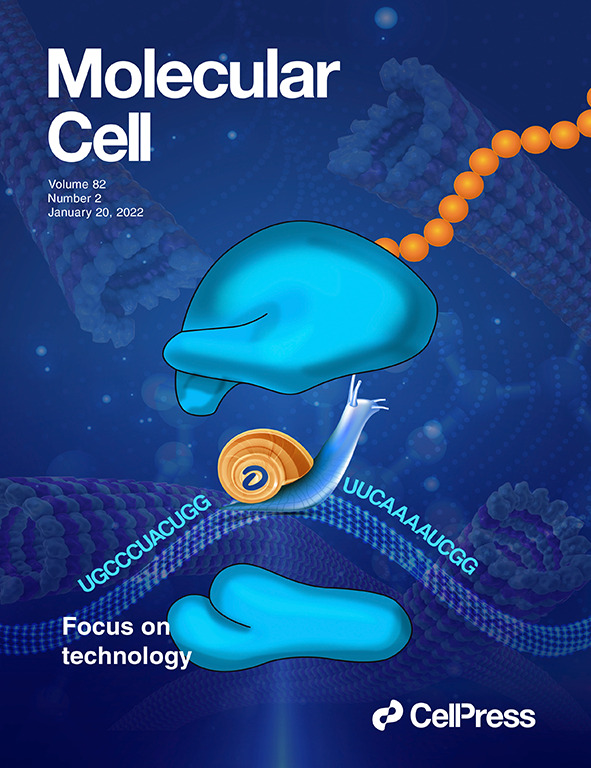Rationale and emerging evidence for microglial replacement in Alzheimer’s disease
IF 6.5
3区 生物学
Q2 BIOCHEMISTRY & MOLECULAR BIOLOGY
引用次数: 0
Abstract
Microglial biology in Alzheimer’s disease (AD) has become a major focus of investigation, aiming to define how these cells contribute to neurodegeneration and to develop new therapeutic strategies. Once regarded as passive responders, microglia are now recognized as active regulators of brain homeostasis, immune signaling, and synaptic remodeling. Their interactions with genetic risk variants and age-related changes are increasingly understood to play central roles in AD pathogenesis. In this mini-review, we summarize recent progress in identifying microglial contributions to AD through genetic and transcriptomic studies. We discuss how microglia respond to amyloid-β and tau pathology by shifting into diverse functional disease-associated states, which may either protect or harm the brain depending on context and disease stage. We also outline the rationale for targeting microglia through replacement strategies and review emerging approaches using circulation-derived myeloid cells (CDMCs), and human pluripotent stem cell–derived microglia-like cells. These replacement methods have shown potential to rectify microglial functions and modify AD-related pathology in preclinical models, offering a novel therapeutic direction for neurodegenerative diseases.
阿尔茨海默病小胶质细胞替代的基本原理和新证据。
阿尔茨海默病(AD)的小胶质细胞生物学已成为研究的主要焦点,旨在确定这些细胞如何促进神经退行性变并制定新的治疗策略。小胶质细胞曾经被认为是被动应答者,现在被认为是大脑稳态、免疫信号和突触重塑的主动调节者。它们与遗传风险变异和年龄相关变化的相互作用在AD发病机制中起着越来越重要的作用。在这篇综述中,我们总结了通过遗传和转录组学研究确定小胶质细胞对阿尔茨海默病的贡献的最新进展。我们讨论了小胶质细胞如何通过转变成不同的功能疾病相关状态来响应淀粉样蛋白-β和tau病理,这可能根据环境和疾病阶段保护或损害大脑。我们还概述了通过替代策略靶向小胶质细胞的基本原理,并回顾了使用循环来源的髓样细胞和人类多能干细胞来源的小胶质样细胞的新兴方法。这些替代方法在临床前模型中显示出矫正小胶质细胞功能和改变ad相关病理的潜力,为神经退行性疾病的治疗提供了新的方向。
本文章由计算机程序翻译,如有差异,请以英文原文为准。
求助全文
约1分钟内获得全文
求助全文
来源期刊

Molecules and Cells
生物-生化与分子生物学
CiteScore
6.60
自引率
10.50%
发文量
83
审稿时长
2.3 months
期刊介绍:
Molecules and Cells is an international on-line open-access journal devoted to the advancement and dissemination of fundamental knowledge in molecular and cellular biology. It was launched in 1990 and ISO abbreviation is "Mol. Cells". Reports on a broad range of topics of general interest to molecular and cell biologists are published. It is published on the last day of each month by the Korean Society for Molecular and Cellular Biology.
 求助内容:
求助内容: 应助结果提醒方式:
应助结果提醒方式:


